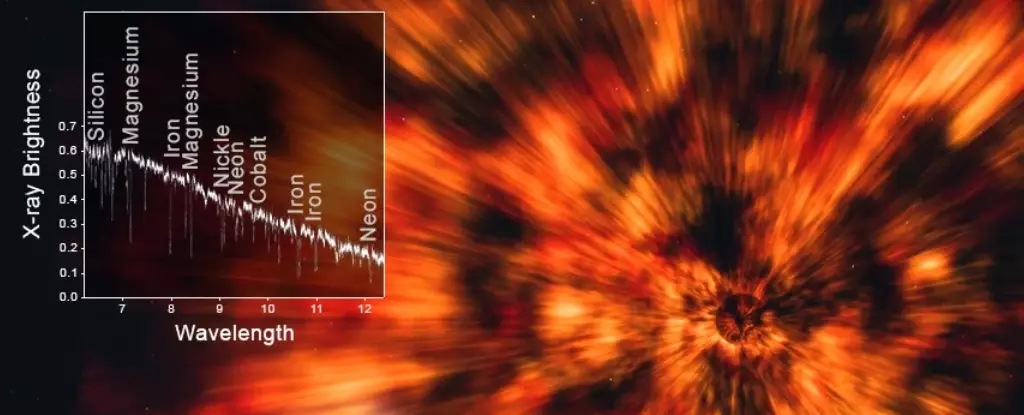Black holes are often cloaked in mystery, leading many to believe that when matter is consumed, its entire history is vanquished into the depths of the black hole’s grasp. However, this oversimplifies the complex interactions surrounding these cosmic behemoths. While it’s true that once matter crosses the event horizon, traditional understanding of information suggests it becomes inaccessible, recent research underscores that valuable historical data remains in the surrounding materials. Notably, the narrative of a black hole has potential roots that stretch far beyond its immediate presence.
A Fascinating Case Study: GRO J1655-40
The black hole system known as GRO J1655-40 provides a riveting illustration of how history can be pieced together. This binary system features a black hole with a mass roughly seven times that of our sun and a companion star weighing more than three solar masses. The genesis of the black hole—a consequence of a supernova explosion—offers a tantalizing glimpse into the life cycle of stars. Initially, this system hosted two stars, yet the more massive one succumbed to the stellar cycle, ultimately transforming into a black hole. This explosion not only birthed the black hole but ejected a myriad of elemental debris into the cosmos.
Astronomical Archaeology: A New Frontier
Recent studies leveraging data from the Chandra spacecraft have allowed scientists to act as cosmic archaeologists, excavating the remnants of history embedded in the system. By analyzing X-ray spectra captured in 2005, researchers identified an impressive 18 different elements in the vicinity of GRO J1655-40. The significance of these elements extends far beyond their existence; their relative abundances offer critical insights into the progenitor star’s characteristics. This analysis identified a star mass of approximately 25 solar masses for the progenitor, significantly eclipsing its companion star. This critical determination illustrates not just the size of the original star but echoes the violent transformation that birthed the black hole.
Stellar Evolution and the Cosmic Cycle
Understanding how binary star systems evolve is crucial to our broader comprehension of cosmic phenomena. This case exemplifies that the aftermath of supernova explosions is more than mere destruction; it is a transformative event, reshaping the components and dynamics of a binary system. The ejected matter and energy from the progenitor star extend far into interstellar space, giving rise to new cosmic structures, while intimately tying the current occupancy of black holes to their stellar ancestors.
Astronomers’ ability to reconstruct these stellar histories not only illuminates the fate of massive stars but also equips researchers with deeper insights into the universal dance of life and death among stars. By applying similar methodologies to other black hole systems, the complexities surrounding stellar evolution and the formation of black holes or neutron stars can be untangled, offering a deeper understanding of our universe’s narrative.
In a spectacular twist, the mythos of the black hole may not be about loss and annihilation but rather a testament to the rich, interwoven stories of stellar legacy and cosmic evolution. With this innovative approach, scientists are not merely observers of the cosmos; they are storytellers deciphering ages-old tales from the fabric of space-time.

